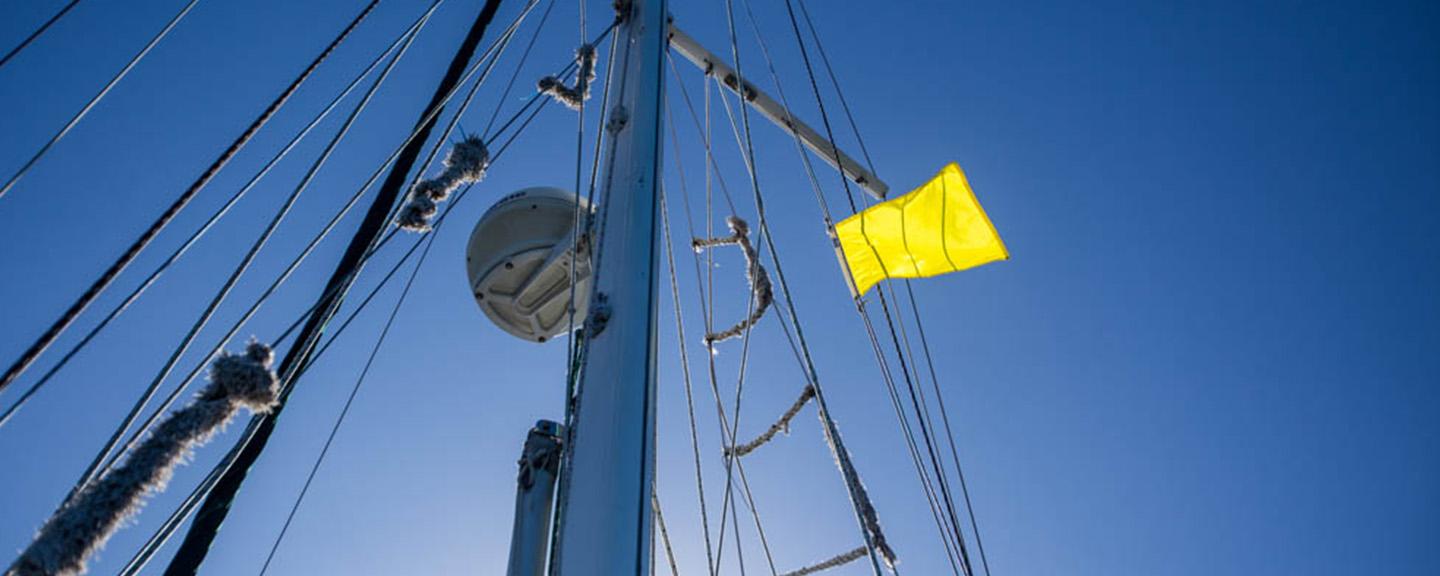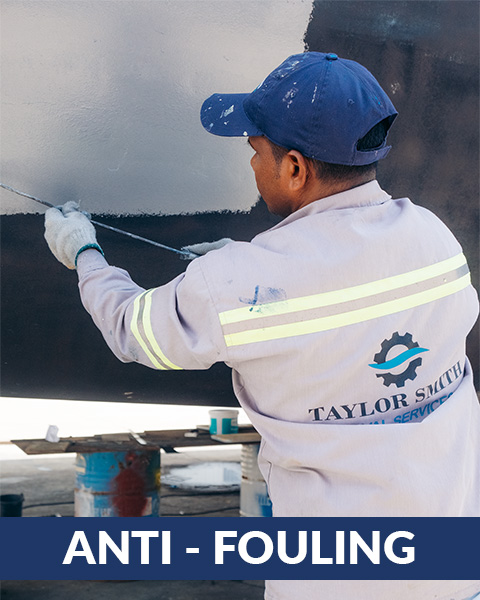Vessel Care: Sail Care and Maintenance Tips
April 25, 2018
Taking care of your investment: Tips for Sail Care

Almost every sailboat owner understands the vital need to care for and maintain his or her boat and its attendant gear.
With most sails, putting them away properly after they’ve been used is all that’s required in terms of regular maintenance. That means hosing them down with fresh water and allowing them to dry thoroughly if they’ve been saturated with salt spray. (Salt crystals are abrasive and corrosive to the sail cloth, and if left in the sail, they tend to absorb water, which can foster the growth of mildew.) Any veteran sailmaker will tell you, keeping your sails clean is a lot easier than getting them clean once they’re soiled.
When stowing sails, it’s always better to roll a sail rather than to fold it with heavy creases because those creases can damage the fibers that make up the cloth. Putting sails away properly also means getting them out of damaging UV sunlight by way of a sail bag or a cover, or taking them off the boat and storing them indoors.
But there is always more you can, and should, do to protect your investement and keep your yacht's sails in tip-top shape. See our handy list of tips below.
Avoid prolonged flogging of sails:Flogging and leech flutter can degrade a sail’s performance before its time. Minimize motoring into the wind with flapping sails. After hoisting sails, trim promptly and steer a course so the sails fill rather than flog.
Adjust your leech line to eliminate leech flutter (tension it just a touch more than necessary to stop the flutter): The tension needed will change as the breeze increases and as the jib sheet is adjusted. Do not over-tension the leech line; if the leech becomes hooked, ease it off. Proper placement of genoa cars will also prevent leech flogging on your genoa .
Use your sails in their designed wind ranges: If you don’t know the recommended wind ranges for your sails, contact your sailmaker.
Avoid unnecessary contact between sails and standing rigging: Avoid releasing the genoa sheet late in a tack. Backwinding the leech against the windward spreader tip will distort the leech and can split your sail.
Combat Chafe: To combat chafe, be sure to cover spreader ends, and check there are no exposed split pins, cotter pins, or other sharp edges around the mast, foredeck, lifelines, and turnbuckles. These can chafe and/or tear your sail.
Make sure your sails have extra reinforcement in areas of high chafe. Spreader patches on overlapping genoas and mainsails, as well as extra chafe protection on headsails where they come in contact with mast mounted radars and stanchions, will extend the useful life of your sail.
When leaving the boat, ease the jib halyard, main halyard, and outhaul to prevent permanent luff and foot stretching. Releasing batten tension also reduces distortion at the batten ends.
Limit exposure to the sun for extended periods of time: UV rays are one of your sail’s worst enemies. Roller furling genoas should have UV-resistant material covering the leech and foot. If you store your mainsail on the boom, make sure it is always covered when not in use.
Rinse your sails with fresh water and dry thoroughly before storing, to prevent mildew and color bleeding in spinnakers. Rinse fittings in fresh water to help prevent corrosion. Store dry sails in a well-ventilated location. And remember, making sure they are dry is as important as the initial rinse. Wet sails create mold issues.
Avoid folding sails on the same fold lines so that small creases don’t become permanent.
Remove mildew stains on polyester, Spectra/Dyneema or Vectran sails promptly. Use a mild household bleach solution with water and a soft cloth, then rinse thoroughly. Do not use bleach in Nylone, Aramid or Laminated Sails.
To remove oil/grease stains, scrub with Simple Green and a soft brush, then rinse. Follow with a mild soap scrub and rinse to remove the Simple Green completely from the sail. Be careful not damage the sail with excessive scrubbing. Depending on the stain, you may not be able to remove it completely.
Removing rust stains is tricky. We recommend that you contact Taylor Smith Naval Services for treatment. We may not be able to completely get rid of it, but we can make sure the area is still in good working order.
Regularly rinse sail bag zippers or lubricate with silicone spray.
Patch minor tears as soon as possible with a pressure sensitive adhesive (PSA). Avoid using duct tape! Contact Taylor Smith Naval Services for a professional patch job that will extend the life of your sail.
Check nylon/polyester downwind sails a few times each season for small tears. Catching small holes early can reduce the chance of them becoming bigger tears later on.
Spray luff tapes on both genoas and mainsails as they slide up the track, using a Mclube-style lubricant. This will help clean the tracks and make hoisting and dousing easier.
Check battens for splintering: Splintered battens should be replaced, or at least taped, so the splinters don’t harm the sail.
Check luff slides and other hardware to make sure they are still securely attached to the sail.
Check seam stitching to make sure it is still intact. UV can quickly damage certain threads.
Have a Taylor Smith Naval Services service expert inspect your sails at least once a year. Regular inspection will prevent small problems from becoming big ones.
Keep a sail log: Photographing your sails on a regular basis and logging the hours they are used will help you and Tayor Smith Shipyard evaluate your sail inventory annually.
Looking for Sail Repair in Seychelles?
At Taylor Smith Naval Services, our expert team attends to all aspects of sail care, maintenance and restoration required in the marine industry.
Contact Us Today to find out how we can help you! CLICK HERE!

If you have any questions, or would like to find out how we can help you, please do not hesitate to contact us today!

























